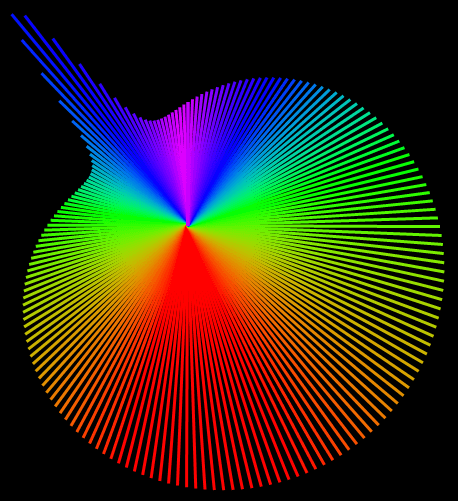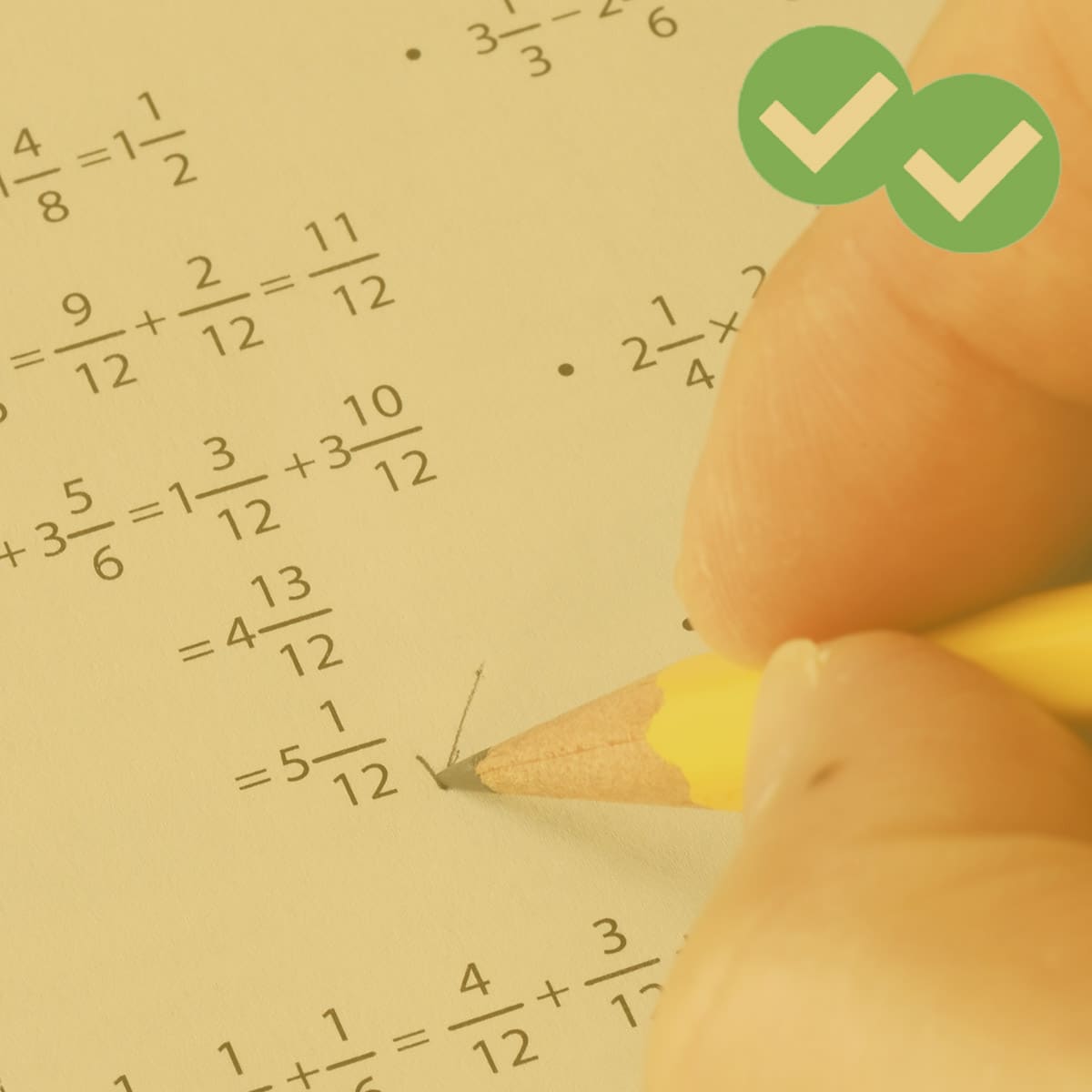The GMAT Data Insights section excels at creating problems that frustrate folks who try to get through math by memorizing formulas. It excels at creating out-of-the-box problems that really demand folks use logic and number sense to dissect the problem. Here are four out-of-the-box Data Sufficiency problems to consider.
1) Peter went to the store to buy paint. Small cans cost $30 and larger cans cost $80. How many small cans of paint did he buy?
Statement #1: Peter spent $220 on paint.
Statement #2: Peter bought four cans of paint in total.
2) In a card game named Allemande, each of four players has a hand of 8 cards from a standard deck of 52. Through a series of discards, players try to maximize the point value of their final hand. Suits are irrelevant. Cards Ace through 10 have a point value of the number of their card: for example, the five of any suit would be worth 5 points. Face cards (Jack, Queen, and King) are worth 20 points each. Does Charles have the highest value final hand?
Statement #1: Charles’ hand is worth 117 points.
Statement #2: No other player besides Charles has more than four face cards in his hand.
3) Each of three students is given fifteen tokens to spend at a fair with various tents to visit. Some tents cost 3 tokens to enter, and some, 4 tokens. How many tents did Amelia visit?
Statement #1: Amelia bought one token from another classmate, and spent all the tokens in her possession.
Statement #2: Not all of the tents Amelia visited were the same token-price.
4) A group of five friends have $87 dollars between them. Each one only has bills, that is, whole dollar amounts, no coins. Dolores has $29: does she have the most money of the five of them?
Statement #1: Three of the friends are tied for the median value, and one has two dollars less.
Statement #2: Two of the friends, Andie and Betty, have $30 between them, and each has more than $5 herself.
Solutions will come at the end of the article.
Success with GMAT Math
Getting an elite score on the GMAT Data Insights section is not easy. It involves mathematical thinking, that is, thinking about math the way a mathematician would. It does not involve blind memorization, although it involves remembering formulas and rules by understanding the logic behind them. It involves an agile and diverse approach to problem solving that includes estimation, backsolving, and out-of-the-box thinking. Math is all about the details, so a successful mathematical mindset involves paying attention to all the details that other neglect, such as the logic of grouping symbols.
One common complaint of students studying for the GMAT Data Insights section is that the problems look hard but then it seems easy when they read the explanation. Math has this funny quality: when you don’t know what to do, it’s impossible, but then when you know what to do, it’s easy. Students often focus on the very left-brain question of “what do I do“, and all too often neglect the more right-brain questions “what perspective do I bring?” and “how do I frame the problem?” When the student brings to a problem the right perspective and frames the question in the right way, then everything about what to do becomes clear. Math solutions do this, but if students focus only on what the solution did, they will miss the most important part: how the solution chose to frame the problem, how the solution approached the problem from scratch and made sense of it. Perspective and framing are everything in the solution to challenging GMAT math problems, and as a student develops these capacities, problem after problem simply unfolds before that student.
Finally, think about what it means to achieve an elite math score. For example, a score of a 83 is approximately the 96th percentile. If student X scores a 83 for a GMAT scaled DI score, that means student X could do more math than could 96% of the test-takers. This means that problems on which most people give up, because they don’t know how to begin, student X begins and solves correctly. Now, think about those problems, the most challenging GMAT math problems. Most people will look at them and not know how to begin. There is no easy trick for beginning such problems: if there were, they wouldn’t be problems that 96% of test takers get wrong. Nothing you can memorize and no set procedure you can follow will get you through those problems. If there were some easy trick that allowed you to solve them, then again, 96% of test takers wouldn’t get them wrong. These problems involve insight and creative perspectives in problem-solving, all the qualities that come only from building experience in problem-solving and learning new perspectives from problem explanations.
Summary
Here’s another challenging question for practice:
5) http://gmat.magoosh.com/questions/951
If you would like to add anything about your own experiences with challenging GMAT DI problems, let us know in the comments section below.
Practice problem explanations
1) Statement #1: How many ways can we make 220 from adding as many 30’s as we want and as many 80’s as we want? Since 80 is bigger, I will go through cases looking at the number of 80’s we use.
Case #1: zero 80s. Can we make 220 purely with 30’s? No. The number 22 is not divisible by 3, so 3 does not go evenly into it. This case is impossible.
Case #2: one 80. Then 220 – 80 = 140 would be left for the 30’s to make. Well, we can’t make 140 solely with 30’s, because 14 is not divisible by 3. This case is impossible.
Case #3: two 80’s. Then 220 – 2*80 = 220 – 160 = 60 would be left for the 30’s to make. We’re in luck: with two 30’s, we get 60. Thus 220 = 80 + 80 + 30 + 30. That’s one possibility.
Notice there can be no case #4, because three 80’s would be 240, already too big to be included in 220. Thus, 220 = 80 + 80 + 30 + 30 is our only possibility, and we know Peter bought exactly two larger cans and two small cans.
This allows us to determine a definitive solution. This statement, alone and by itself, is sufficient.
Statement #2: with no idea of the total price, this doesn’t tell us anything. Let L = larger can and S = smaller can. If he bought four cans, he could have bought {S, S, S, S}, {L, S, S, S}, {L, L, S, S}, {L, L, L, S}, or {L, L, L, L}. The number of small cans could be anything between zero and four. We have no way to determine a definitive answer. This math question statement, alone and by itself, is insufficient.
Answer = (A)
2) Statement #1 is obviously not sufficient, because it only tells us about Charles, and nothing about everyone else.
Statement #2 is obviously not sufficient, because it only tells us about everyone else, and nothing about Charles.
The whole question revolves around what happens with the combined statements.
Charles has 117 points, a strong hand. No one else has more than four face cards. Clearly, most players, say someone with no face cards, would have to be below Charles. We have no doubt that some players are below Charles. Could anyone possibly have more than Charles? Well, suppose one person had four face cards (4*20 = 80 points) and also had all four 10’s in the deck — then, that person would have a total point value of 80 + 10 + 10 + 10 + 10 = 120, higher than Charles. So, given the combined conditions, most people will have less than Charles, but someone could have a hand worth more than Charles’s hand, so even with the combined statements, we cannot say definitively that Charles has the highest value hand. Nothing is sufficient here.
Answer = (E)
3) This is a tricky problem.
Statement #1: Amelia had 16 tokens in total, and spent them all. How could she do this with a combination of 3-token tents and 4-token tents? Well, there are two possibilities.
Case I: Amelia visited four 4-token tents, four tents in total.
Case II: Amelia visited one 4-token tent and four 3-token tents, five tents in total
Since this math statement question leaves us with the ambiguity with four vs. five tents, we cannot give a definitive answer to the prompt question. This statement, alone and by itself, is insufficient.
Statement #2: This statement, by itself, tells us very little. How many tokens did Amelia have? Did she spend all the tokens in her possession? We have no way of knowing, so no way to answer the prompt question. This statement, alone and by itself, is insufficient.
When we combine the statements, the second one becomes more significant. Of the two cases given in statement #1, the first involves four trips to tents of the same token-price, so case #1 is not consistent with statement #2. That leaves only case #2, which means that Amelia had to have visited exactly five tents. Combining the statements allows us to give a definitive answer to the prompt question. Combined, the statements are sufficient.
Answer = (C)
4) A crucial numerical fact to recognize is that 87 = 3*29. In other words, Dolores’ share is 1/3 of the entire pot.
Statement #1: three people share the same median value. Suppose Dolores were one of those three friends. Then, each would have $29, and together the three of them would have 3*29 = $87. A fourth would have $27, and we are already way over the amount of the whole group. It’s not possible for Dolores to have the median value or to be less than the median, so the only other possibility would be for Dolores to have the value greater than the median – i.e. the maximum value. The answer to the prompt question is a clear “yes.” This math question statement allows us to determine a definitive answer to the prompt question. This statement, alone and by itself, is sufficient.
Statement #2: First of all, neither Andie nor Betty could have as much as Dolores has. If Andie has just $6, then Betty could be as high as $24, but Betty can’t go any higher, because Andie must be above $5 and their sum must be $30. So, Andie & Betty each must be lower than Dolores. Now, between the three of them, Andie & Betty & Dolores, they must have $30 + $29 = $59, leaving only $87 – $59 = $28 for the other two people. If the other two people have $28 together, neither one can have as much as Dolores. Thus, Dolores has to have the most. This statement allows us to determine a definitive answer to the prompt question. This statement, alone and by itself, is sufficient.
Answer = (D)






